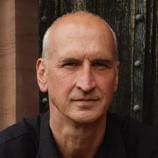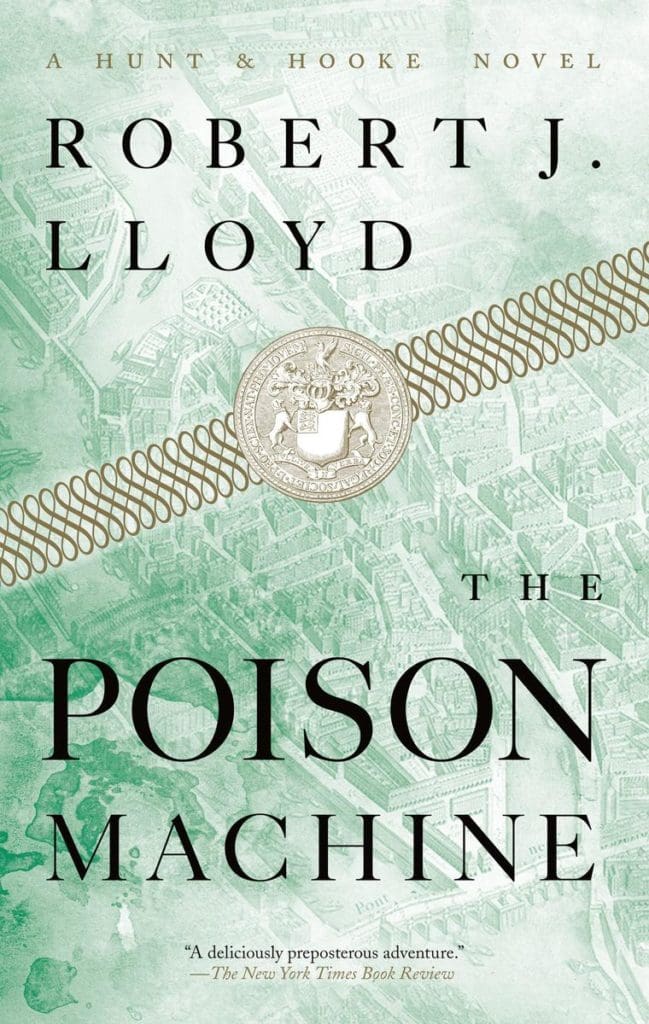Michael Barson recently interviewed Robert J. Lloyd, author of The Poison Machine, for http://Bookreporter.com. Once you read the interview, you might be interested in ordering the book through the Webstore, https://bit.ly/3YdH8jR.
Here’s the interview, used with permission from Barson.
Newly released in paperback, THE POISON MACHINE is the thrilling sequel to Robert J. Lloyd’s THE BLOODLESS BOY, which was a New York Times Best New Historical Novel of 2021. This time, early scientists Harry Hunt and Robert Hooke of the Royal Society stumble on a plot to kill the Queen of England. In this interview conducted by Michael Barson, Senior Publicity Executive at Melville House, Lloyd explains how his approach to historical research changed between books one and two, gives us his thoughts on reading reviews of his work, and previews the next two entries in the Hunt & Hooke series — the third installment of which will release in the spring of 2024.
Question: When you wrote THE POISON MACHINE, you expanded upon the 17th-century universe of protagonists Harry Hunt and Robert Hooke that you created in your first novel, THE BLOODLESS BOY. Now both England and France share the stage as major settings for the action. What might a third country of interest be for you to utilize during that same Restoration period?
Robert J. Lloyd: The third book in the series — THE BEDLAM CADAVER — is very London-bound, perhaps as a reaction to all that research I had to do for 17th-century Paris! I’m still at the planning stage for book four, but I intend to take Harry to Amsterdam. (So, to answer your question properly, the Dutch Republic.) That way, he gets to meet two contemporaries who were correspondents with, as well as rivals to, Robert Hooke. These are Antony van Leeuwenhoek and Christiaan Huygens, microscopist and astronomer respectively. (Hooke was both.) I’d also like an appearance from Baruch Spinoza, who wasn’t well known in his own lifetime, but who influenced philosophy greatly later on. (Harry’s views, strangely enough, often coincide with Spinoza’s.)
Q: The historical research that has gone into these novels is impressive. For THE POISON MACHINE, did you have to alter course at any point in the story because you realized you had been operating on a faulty assumption about 17th-century life in England and France?
RJL: I didn’t really, because I allowed myself more freedom when planning and writing THE POISON MACHINE than with THE BLOODLESS BOY. I embraced the “fiction” part of historical fiction far more and was less pedantic about historical accuracy, especially in the science, or “new philosophy.” Hooke’s diary and Philosophical Transactions are full of tantalizing glimpses of experiments that were suggested at the time, either by Hooke or by another of the Royal Society Fellows, or performed once and never developed. So it’s possible, I think, to posit Harry as being ahead of the historical record as far as his experimental trials, or the villain with his development of a poison based on hydrogen cyanide, which is usually stated to have been discovered 70 or so years later.
Q: Can you name a few of the novels you’ve read featuring the scientific knowledge of the Restoration period that may have inspired you to utilize that background when you began writing historical fiction?
RJL: When I started, I think the only two authors who used Restoration science in their plots were Neal Stephenson (with his Baroque Cycle) and Iain Pears (with his AN INSTANCE OF THE FINGERPOST). But there were other books that inspired me to write historical fiction more. Anything by Barry Unsworth, who I think is the master, and particularly Lawrence Norfolk’s LEMPRIÈRE’S DICTIONARY, which is the book I finished reading and said, “I want to write one of these.”
Q: THE POISON MACHINE and your first book, THE BLOODLESS BOY, have received a wealth of positive reviews from both sides of the Atlantic. Are you the kind of author who gets nervous anticipating a new book’s reviews? Or do you make an effort to simply ignore them?
RJL: When the first reviews came in, I was very thin-skinned and took to heart every criticism, whether constructively meant or not. Then I realized that the reviews were contradictory. Some people loved the level of detail in the books; others thought it slowed down the plots too much. Some found the plots rich and rewarding; others found them confusing. Some found them slow burners; others said they were immediately gripped. Some found the characters dull; others were enthralled by them. Some hate the 17th-century dialogue and terms I use; others love them. So I began to relax about reviews. It’s great when someone enjoys the stories I write, and it’s a shame if they don’t get on with them. But I’ve created a particular world that pleases me, and that has to be my main guide.
Q: The Hunt & Hooke series now will move on to the third book, THE BEDLAM CADAVER, which will appear in the spring of 2024. Do you intend to keep the series continuing indefinitely? Or would you like your writing to move in a different direction sometime in the near future?
RJL: I’m lucky that the 1680s was a particularly busy time, so there are loads of events that can impact Harry Hunt and Robert Hooke and with which they can involve themselves. Whether willingly or unwillingly. I’m still very attracted to my two main characters and certainly not tired of them yet. As Harry is a young man, his character — an old-fashioned word, I know — changes the most. Hooke is a bit more set in his ways. I also like the way their relationship changes over time. There’s a big shock, relationship-wise, in THE BEDLAM CADAVER!
One thread I need to resolve, which has run through all three books in the series, is the Popish Plot and what happens to the two perjurers, Titus Oates and Israel Tonge. That’s for book four, I think.
Check out the description of The Poison Machine.
“Lloyd once again infuses his world with the sights, sounds, and smells of the late 17th century…for what’s bound to be one of the best historical novels of the year.” — CrimeReads
In a thrilling sequel to The Bloodless Boy —a New York Times Best New Historical Novel of 2021 — combining the color and adventure of Alexandre Dumas and the thrills of Frederick Forsyth — early scientists Harry Hunt and Robert Hooke of the Royal Society stumble on a plot to kill the Queen of England . . .
London, 1679 — A year has passed since the sensational attempt to murder King Charles II, but London is still a viper’s nest of rumored Catholic conspiracies, and of plots against them in turn. When Harry Hunt — estranged from his mentor Robert Hooke — is summoned to the remote and windswept marshes of Norfolk, he is at first relieved to get away from the place.
But in Norfolk, he finds that some Royal workers shoring up a riverbank have made a grim discovery — the skeleton of a dwarf. Harry is able to confirm that the skeleton is that of Captain Jeffrey Hudson, a prominent member of the court once famously given to the Queen in a pie. Except no one knew Hudson was dead, because another man had been impersonating him.
The hunt for the impersonator, clearly working as a spy, will take Harry to Paris, another city bedeviled by conspiracies and intrigues, and back, with encounters along the way with a flying man and a cross-dressing swordswoman — and to the uncovering of a plot to kill the Queen and all the Catholic members of her court. But where? When?
The Poison Machine is a nail-biting and brilliantly imagined historical thriller that will delight readers of its critically acclaimed predecessor, The Bloodless Boy.
Robert Lloyd, the son of parents who worked in British Foreign Office, grew up in South London, Innsbruck, and Kinshasa. He studied for a Fine Art degree, starting as a landscape painter, but while studying for MA degree in The History of Ideas that he first read Robert Hooke’s diary, detailing the life and experiments of this extraordinary man. After a 20-year career as a secondary school teacher, he has returned to painting and writing. Author of The Bloodless Boy, which was selected by Publishers Weekly as a Mystery Book of the Year and The New York Times as a Best New Historical Novel of 2021.


